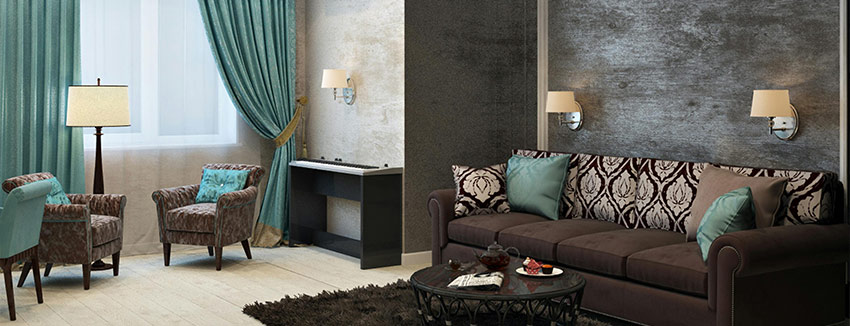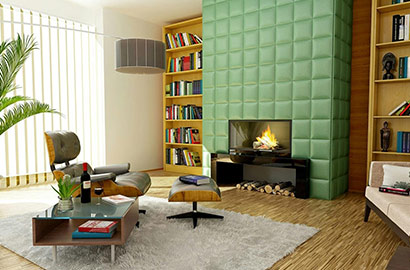8 Essential Points to Consider Before
Designing Your Dream House Interior
Designing the interior of your dream house is an exciting journey, filled with creativity and personal expression. However, it can also be a complex and challenging process. To ensure your project runs smoothly and the final result meets your expectations, consider these eight important points before you begin.

1. Understand Your Style
Before diving into design details, it's crucial to identify your personal style. Do you prefer modern minimalism, cozy
rustic, classic elegance, or a mix of different styles? Collect inspiration from magazines, online platforms like
Pinterest, and interior design blogs. Creating a mood board can help visualize your style preferences and guide your
design decisions.
2. Establish a Budget
Setting a clear budget from the start is essential to avoid overspending. Consider all aspects of the project, including
materials, furniture, labor, and unexpected expenses. A well-defined budget helps prioritize spending and ensures you
allocate resources efficiently, balancing quality and cost.
3. Plan Your Layout
A functional layout is the backbone of good interior design. Think about how you use each space and plan your layout
accordingly. Consider factors like traffic flow, furniture placement, and the purpose of each room. Utilizing design
software or working with a professional can help create an efficient and practical layout.
4. Focus on Lighting
Lighting is a critical element that can dramatically affect the ambiance of your home. Consider a combination of
natural, ambient, task, and accent lighting. Ensure each room has appropriate lighting for its function, such as bright
lighting for workspaces and softer, warmer lighting for relaxation areas. Don't forget to include dimmer switches for
flexibility.
5. Choose a Color Scheme
A cohesive color scheme ties your interior design together. Choose a palette that reflects your style and complements
the architecture of your home. Consider the mood you want to create in each room: calming blues and greens for bedrooms,
vibrant yellows and oranges for social spaces, or neutral tones for a sophisticated look. Use color swatches and samples
to test how colors look in different lighting conditions.
6. Select Quality Materials
Investing in quality materials pays off in the long run. Durable flooring, high-quality fabrics, and sturdy furniture
not only enhance the aesthetics of your home but also ensure longevity and ease of maintenance. Research materials and
consult with professionals to make informed decisions.
7. Incorporate Personal Touches
Your home should reflect your personality and lifestyle. Incorporate personal touches like family photos, artwork, and
cherished items. Customized furniture or unique decor pieces can add character and make your space truly one-of-a-kind.
Don't be afraid to mix old and new elements to create a balanced and personalized look.

8. Think About Sustainability
Sustainable design is becoming increasingly important. Opt for eco-friendly materials, energy-efficient appliances, and
sustainable practices. Consider using reclaimed wood, low-VOC paints, and natural fibers. Not only does this benefit the
environment, but it also creates a healthier living space.
